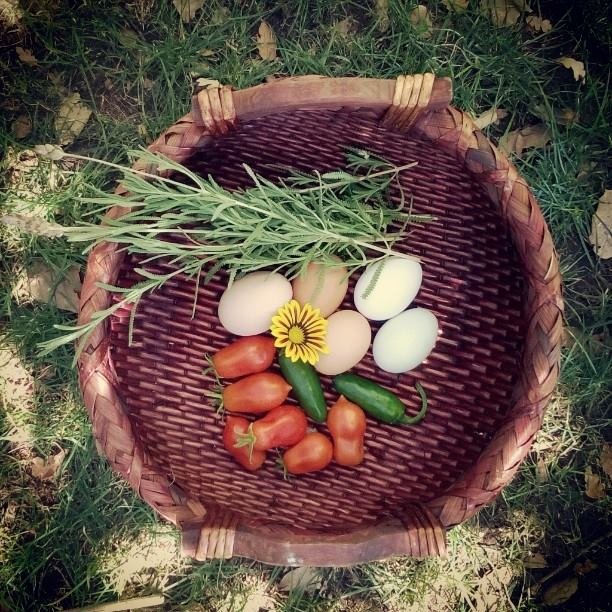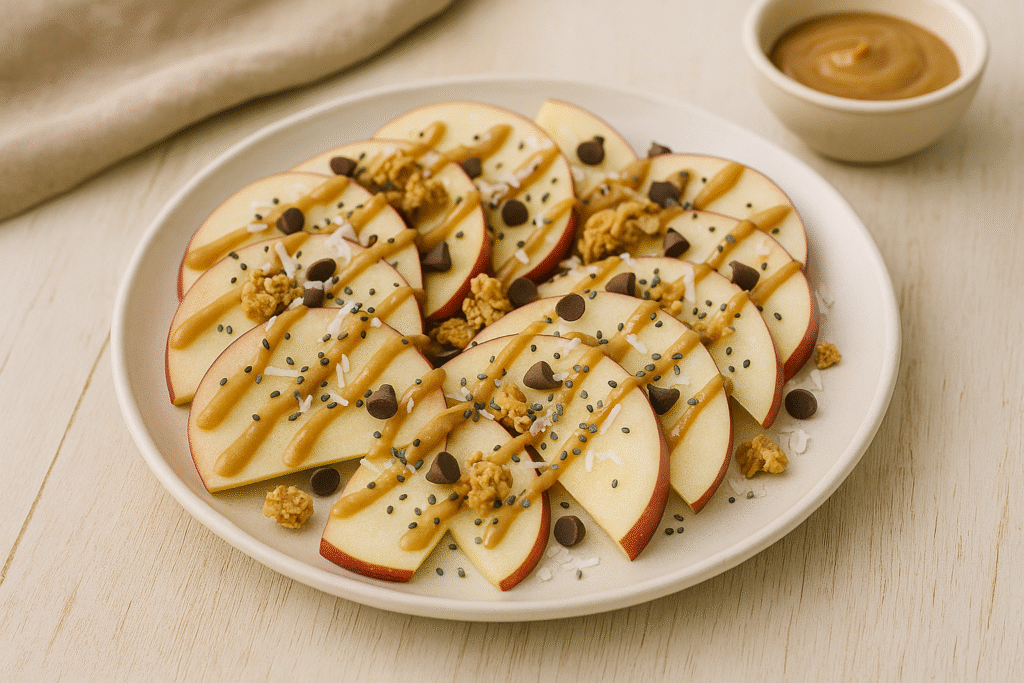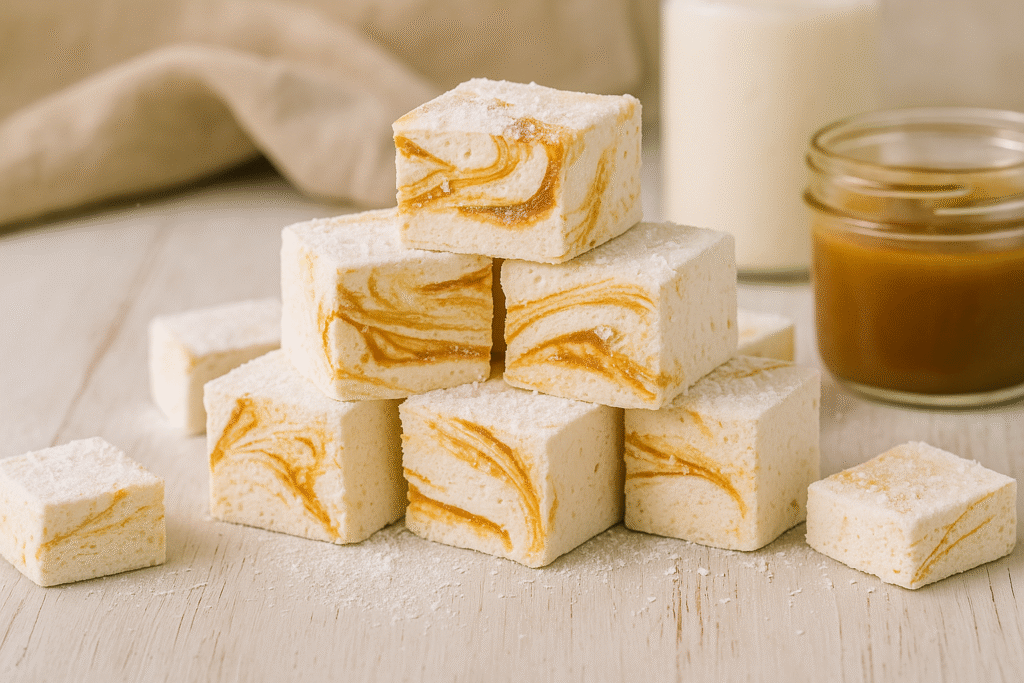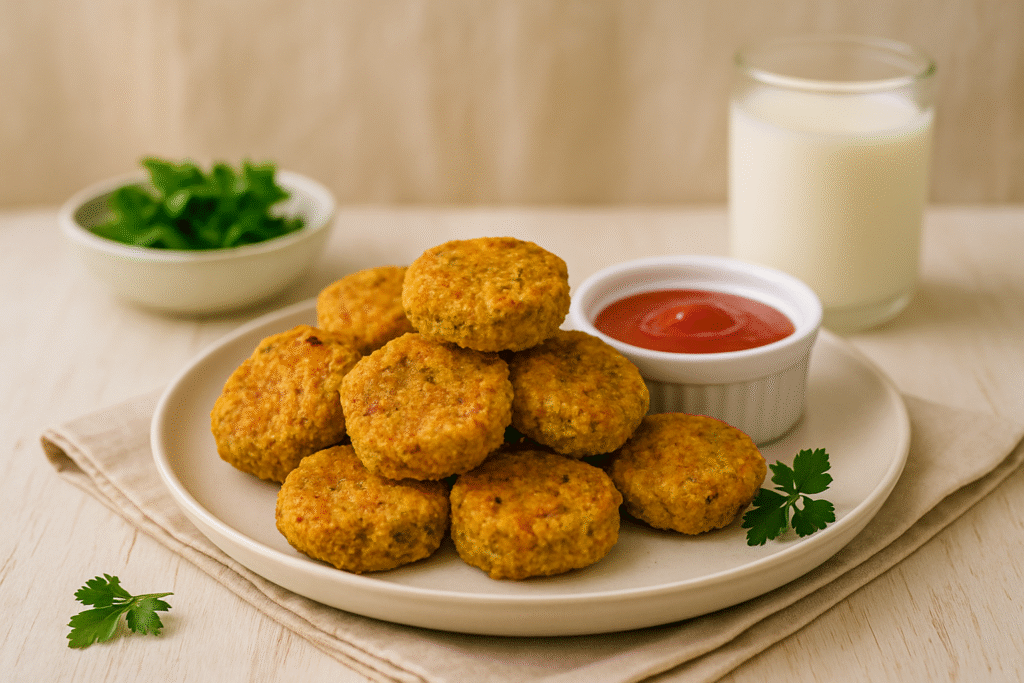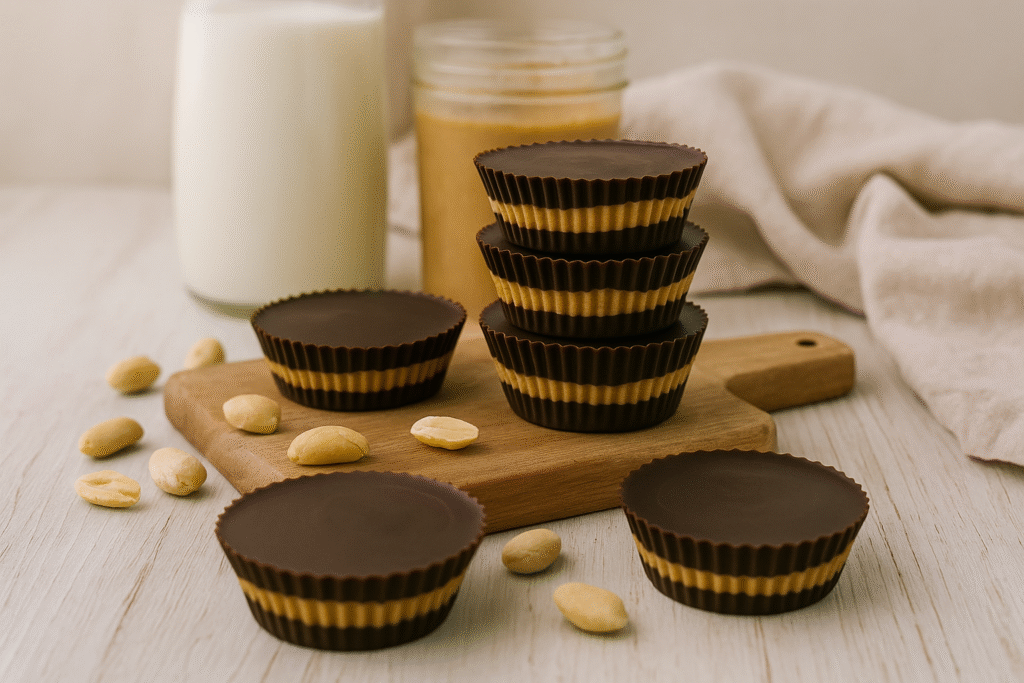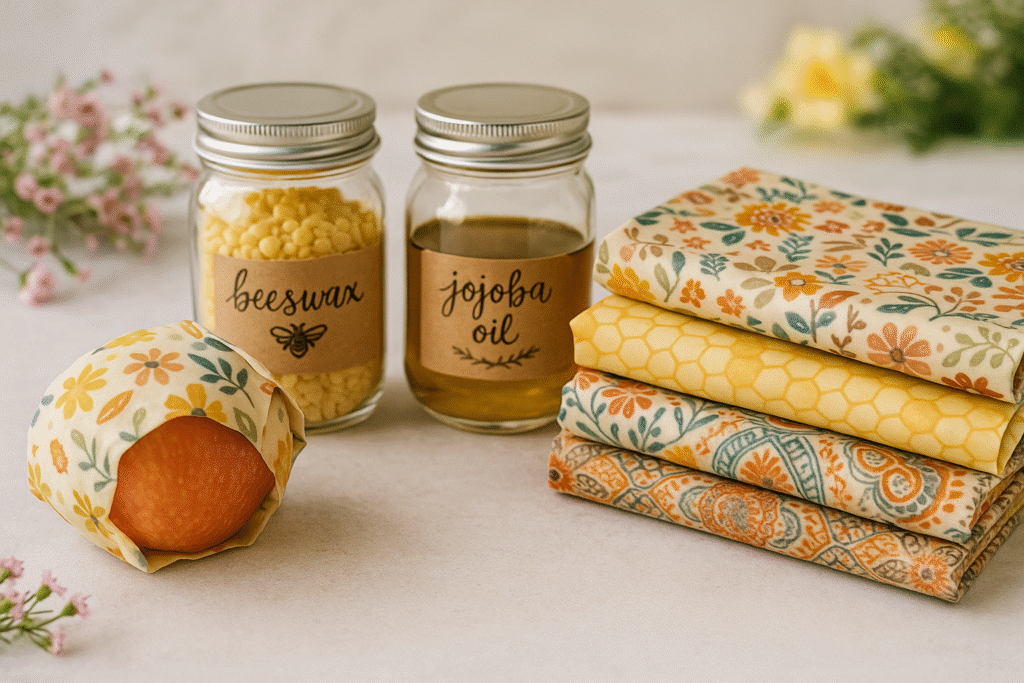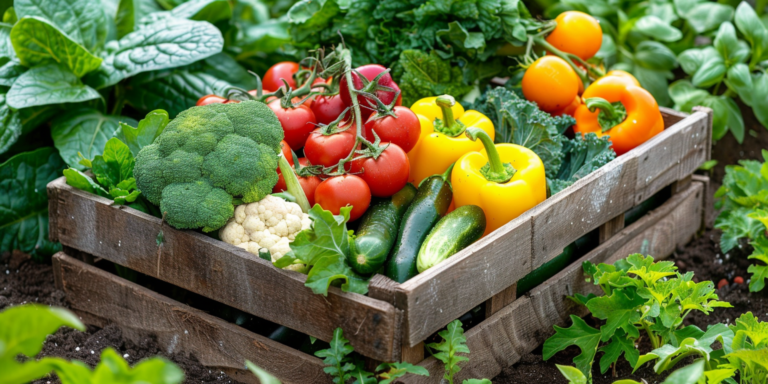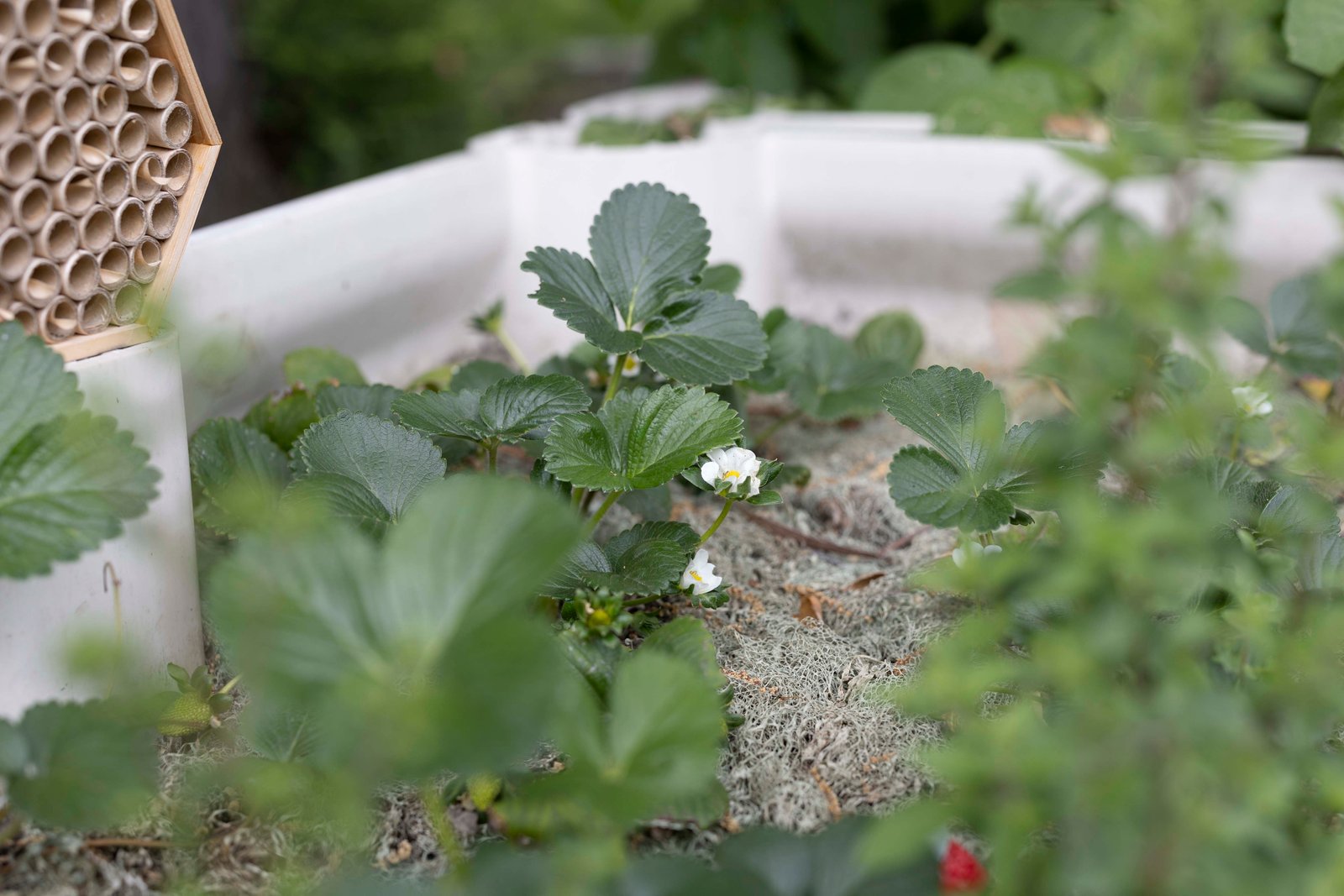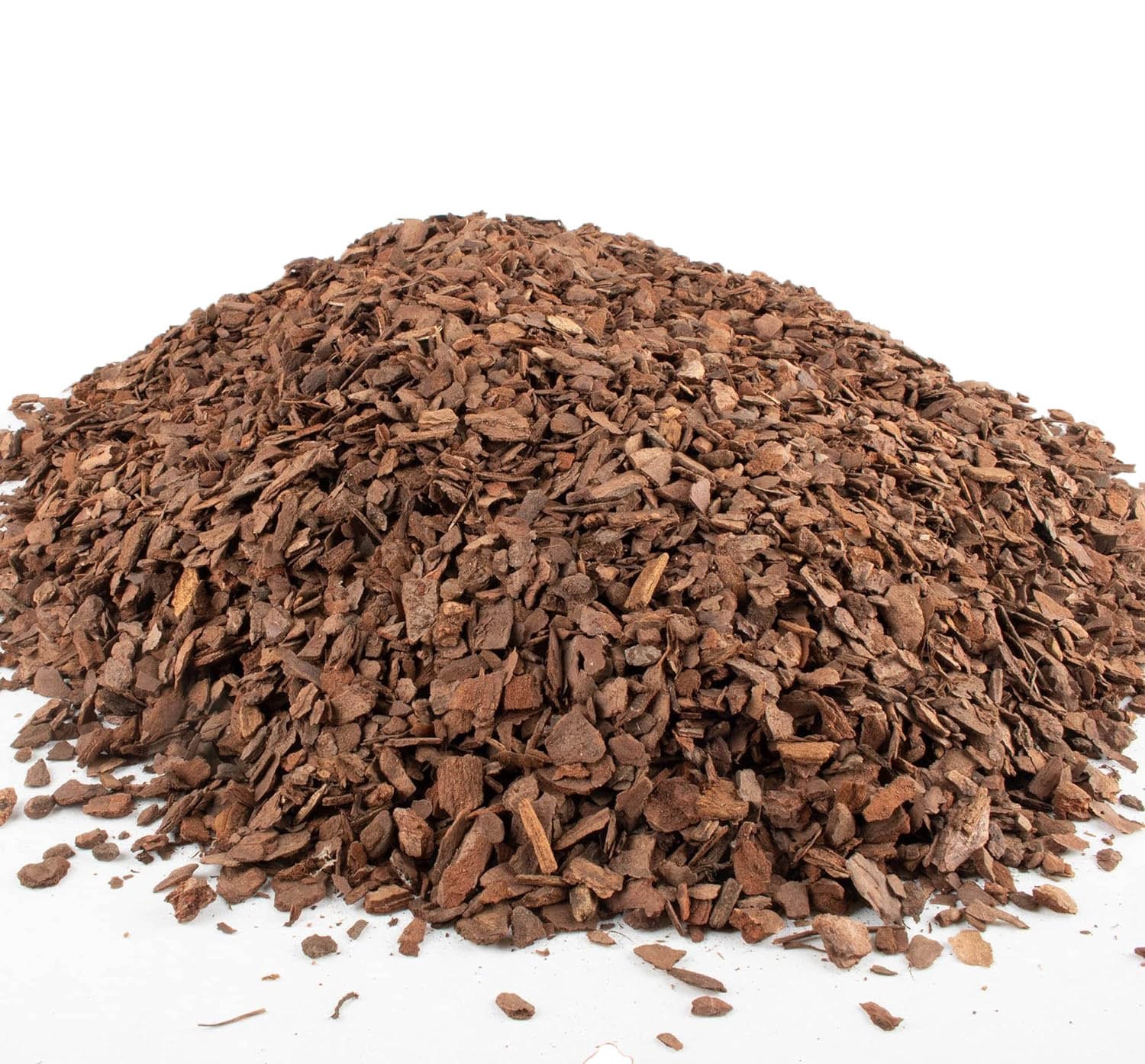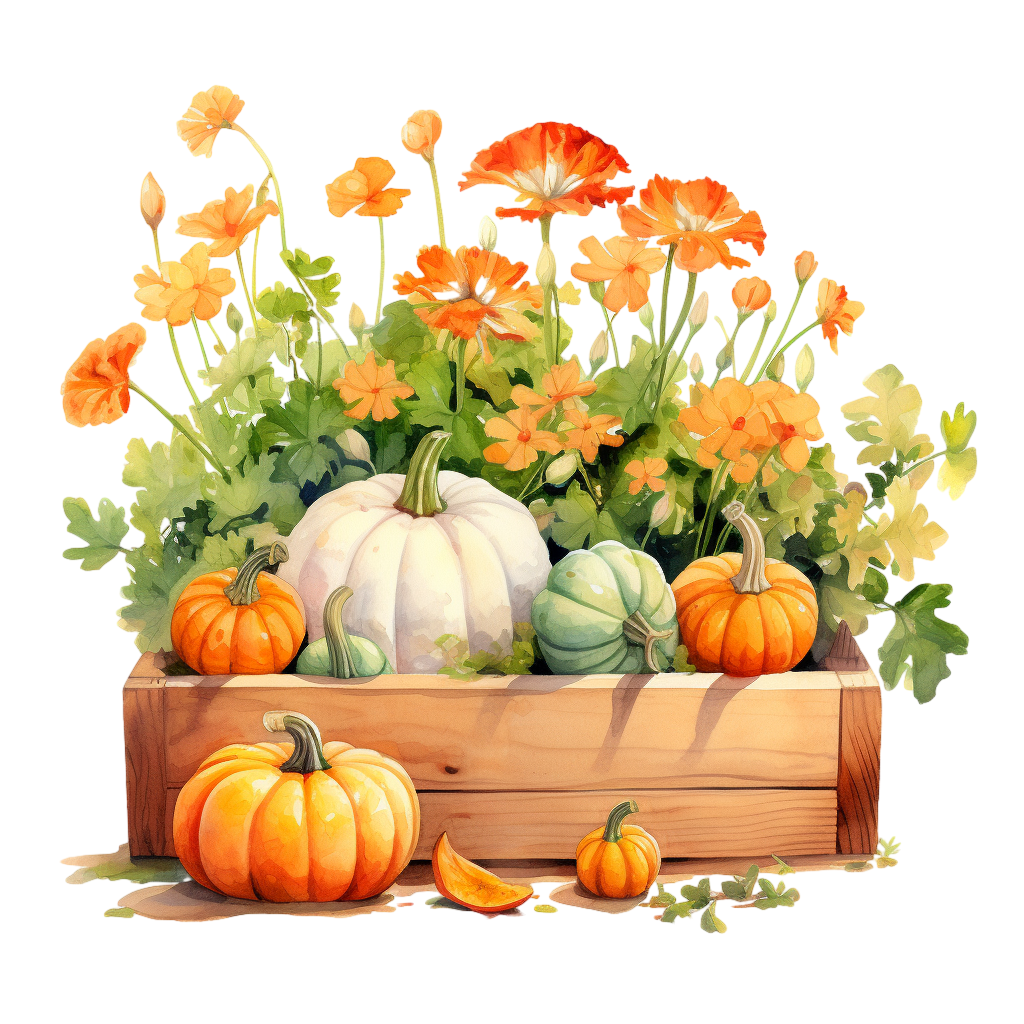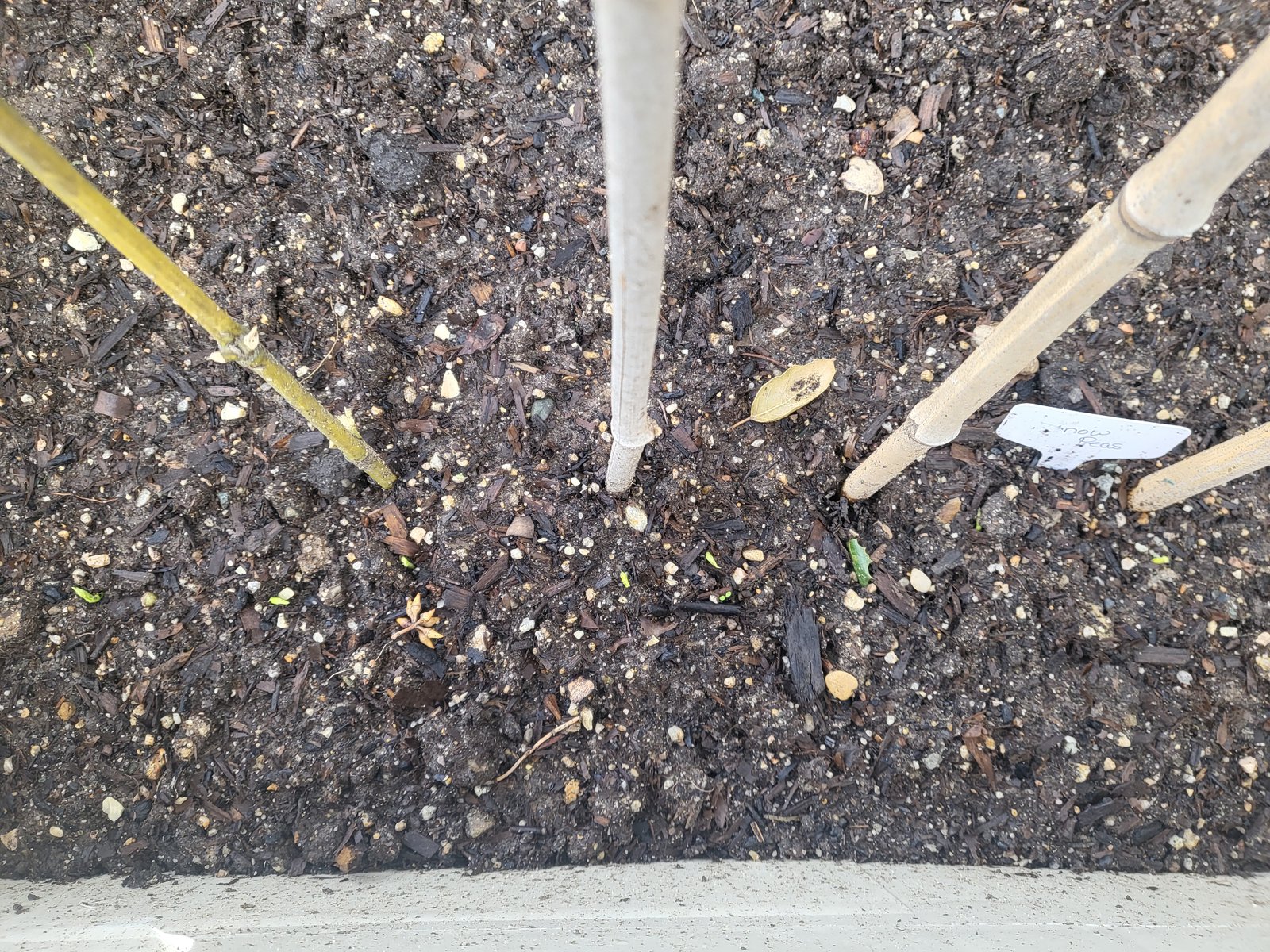Planting Your Garden
Now that you’ve done all the leg work, your garden is ready for planting. I know it seems like it’s taken forever to get to this point, but I promise, the extra hard work you put in the past few day will all be worth it when your garden starts producing like you never imagined it could. The rewards are coming, I promise!
In this section, I’ll cover what you should start from seed, what not to start from seed, what to start indoors, crop rotation, companion planting and a few other tips. So get ready to learn! This section will have a lot for you.
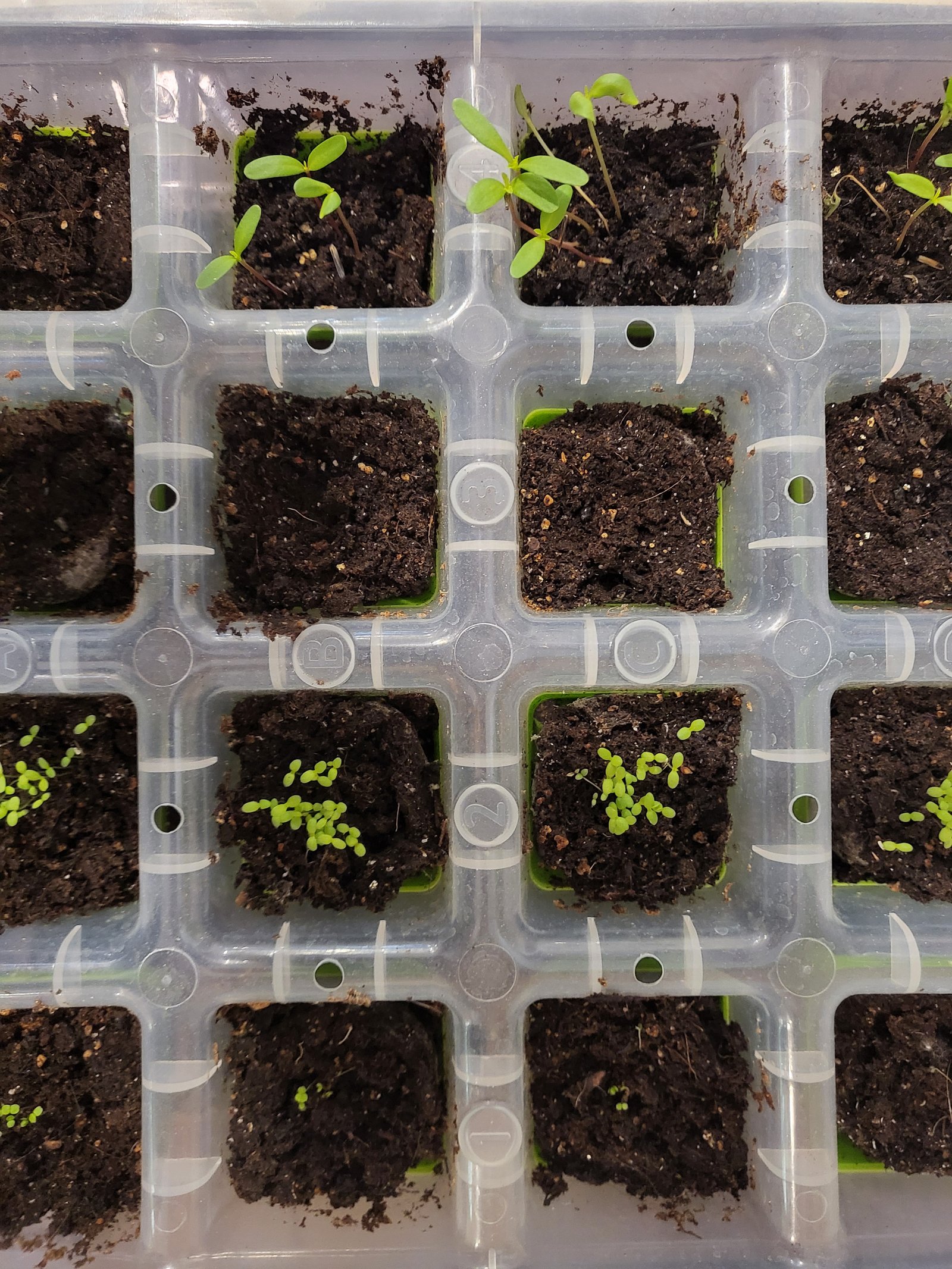
Indoor Seed Starting
Starting your seeds indoors can be a great way to get a head start on your garden. In areas where winter can seem to last forever, it’s a good idea to get some plants started before your last frost date. To prevent the delicate new plants from dying with the first hint of cold weather and to get the seeds to sprout at all, you’ll need to start some of them inside.
Most seeds need the soil to be at least 65° F in order to germinate, or sprout. A good way to make sure your seed tray stays at that temperature (or warmer) is to put it on top of your refrigerator. I’ve been using these reusable trays to start my seeds. You can also find something similar at your local hardware store or garden supply store. The top of your refrigerator is typically fairly warm, so that’s why I keep mine there,
When starting seeds indoors, you need to make sure the soil stays moist, but not soggy. If the soil is too wet, the seed will likely start growing, but the roots will quickly rot. If you let them dry out too much, they’ll die as well (and quickly). Once the seedlings start to die, there’s really no coming back for them. Be sure to care for them properly from the beginning for maximum success rates.
Once the seedlings are big enough to plant outside or the weather is cooperating, you can begin to harden them off. Don’t plant the seedlings without hardening them off first. This means that you want to get them used to the conditions outside without shocking them, which will kill them. Hardening off is really pretty simple. For one week, you’ll put the seedlings outside during the day. The first day, they’ll spend 2 hours outside. The second day, 3 hours and so on, until you reach one week. On the 8th day, you can plant the seedlings in your garden.
Seeds Not To start Indoors
Not all plants like to be started inside. Some plants don’t transplant well and others simply do better if you direst sow them. Several plants grow quickly enough that it’s not worth it to start them inside. Here are some seeds that should be started directly in the ground and left alone.
Seed Packet Instructions for Planting
Most seed packets will have a list of instruction for planting. The companies that package the seeds want you to succeed, so you’ll buy more seeds in the future, so they provide instructions on the back of the seed packets for you to follow.
Over time, you’ll discover your own methods for starting seeds both indoors and directly in the garden. In the meantime, it’s a good idea to follow the instructions on the packet of seeds you’re planting.
The seed packets will tell you when to sow the seeds, the ideal temperature of the soil, how deep to plant them, how long they should take to germinate and sometimes how long until harvest as well as how to save the seeds. Each manufacturer will do things a little differently, but you can always find additional information and planting guides online. A quick Google search for the specific seeds you’re planting will yield almost endless results.
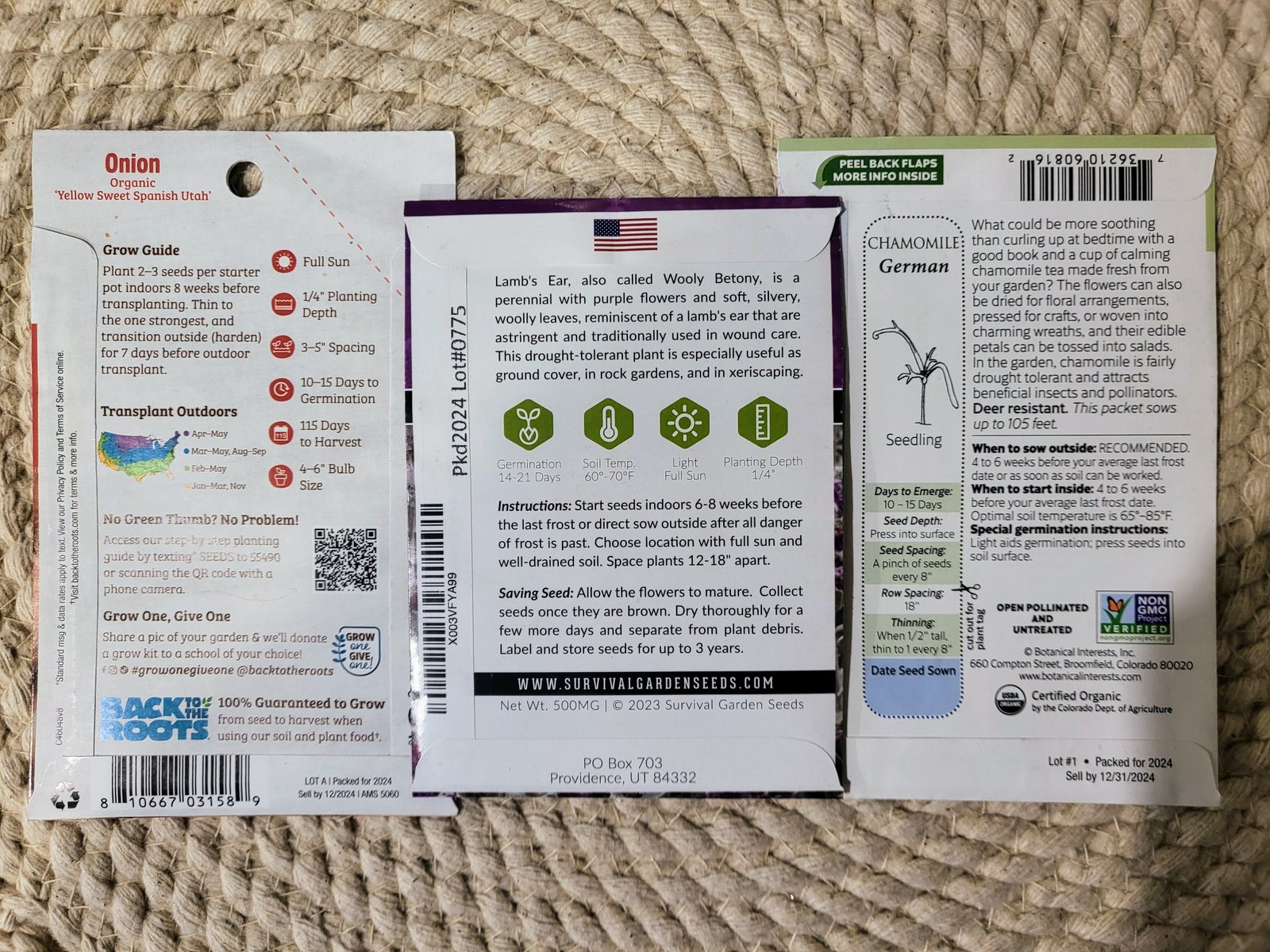
Harvest Dates
I like to keep track of the estimated harvest dates for all the crops I grow. I just us a spreadsheet that lists the plant, the date I planted it and the expected harvest date. The first few seasons, this really helped me fine tune my planting dates for the different fruits and vegetable I planted. My beans grew excruciatingly slow that first year because I planted them way too early. Beans like warm weather and when I planted them in spring, it was warm enough for them to germinate, but still too cold for them to do well. I didn’t realize they were growing abnormally slowly until I looked at my expected harvest date and saw that they were nowhere close.
I recommend starting a log of what you plant and when you expect to harvest. That way, you can keep track of what’s doing as well as it should and what needs some adjusting.
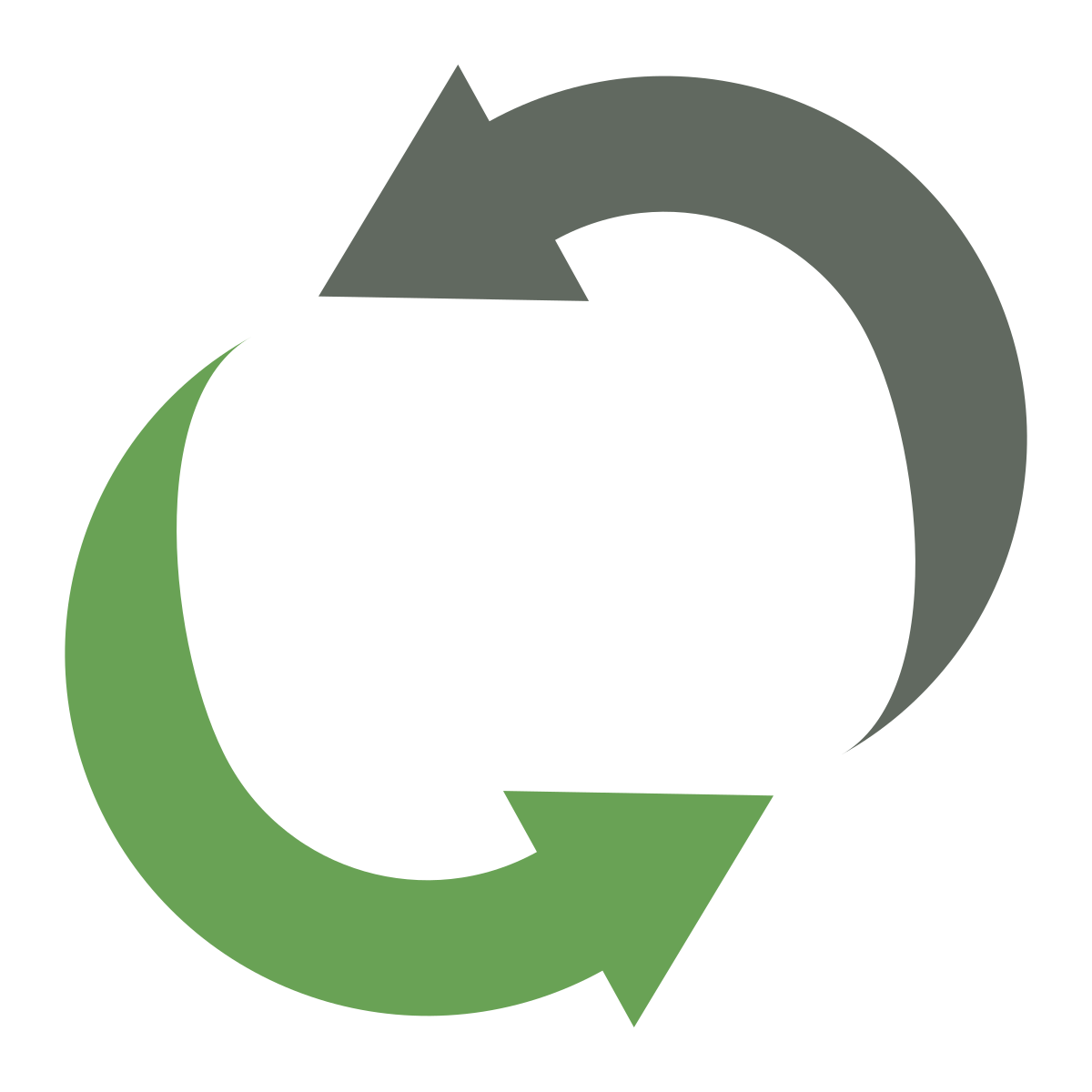
CRop Rotation
Rotating your crops is essential for the health of your soil and the crops you grow. Rotating your crops simply means that you don’t plant the same crop in the same place year after year. For starters, you could simply plant everything in a different place each year and not worry about what was grown in that soil the previous year, so long as it’s a different plant. If you do this, you’ll most likely have a moderately successful garden.
With a little more research, you can plan what to plant and where BASED on what was planted the previous year. For instance, beans tend to help pull nitrogen to the surface, making for more fertile soil. Rather than feeding on the nitrogen, beans can replenish the nitrogen in the soil. After a bean harvest, you might consider planting a heavy nitrogen feeder like tomatoes or cucumbers as they would greatly benefit from the extra nitrogen in the soil.
Squash, melons and cucumbers should not be planted in the same place year after year. They are prone to mildew issues and planting them in the same soil the following season will compound the issue. Try not to plant squash where you planted cucumbers or melons for a year or two. This will help prevent any issues from recurring year after year.
Cover Crops
Cover crops are crops that you plant when you aren’t growing anything else. There are a few reasons you might want to plant a cover crop. First, they can dramatically decrease the need to weed your garden. Cover crops will choke out most unwanted weeds and will provide a nice garden aesthetic during the more dreary winter months.
Anther reason to plant a cover crop is to help add nitrogen into the soil, naturally. Cover crops like clover, peas and oats can help replenish the nitrogen levels in the soil, making next year’s harvest even better.
Lastly, you can get cover crop mixes that are designed especially to attract bees and pollinators. Sometimes, I’ll have one of my raised beds rest a year, but I still want those precious pollinators coming to my yard to get the rest of my garden growing. In this case, I’ll plant a mix of cosmos, sunflowers, phacelia and crimson clover. Not only is it absolutely beautiful, but it helps in so many ways in the garden.
Companion Planting
Finally, let’s talk about companion planting. Companion planting is when you plant things together that work well together. Marigold is a common companion plant for many of the things you’ll want to plant in your garden.
Be aware that “Pot Marigold” is not marigold. Pot Marigold is actually calendula, not marigold. While calendula is a very beneficial flower, especially medicinally, it’s not what you want when you are trying to achieve the results that true marigold can get you. I’ll get into some of the benefits of calendula later, but for now, just be sure to get marigold for your garden, not pot marigold.
Planting basil with your tomatoes is good because basil will deter some of the pests that commonly go after tomatoes. The same is true of marigold. In my garden, I plant both basil and marigold with my tomatoes.
The graphic here illustrates some of the great ways to companion plant in your garden. I found it over at Treehugger.com and they have a short article explaining a little more about it.
Some of the more common ones are:
Tomatoes are great with onions, carrots and cabbages.
Potatoes are great with beans, squash, corn, peas and cabbages.
Carrots go well with cabbages, leek, lettuce, onions, peas and radishes.
Like I mentioned, marigolds pair well with most vegetables. Some other flowers also serve multiple purposes in the garden, but I’ll get more into that when I talk about herbs and weeds. That’s a topic for an entirely different section.
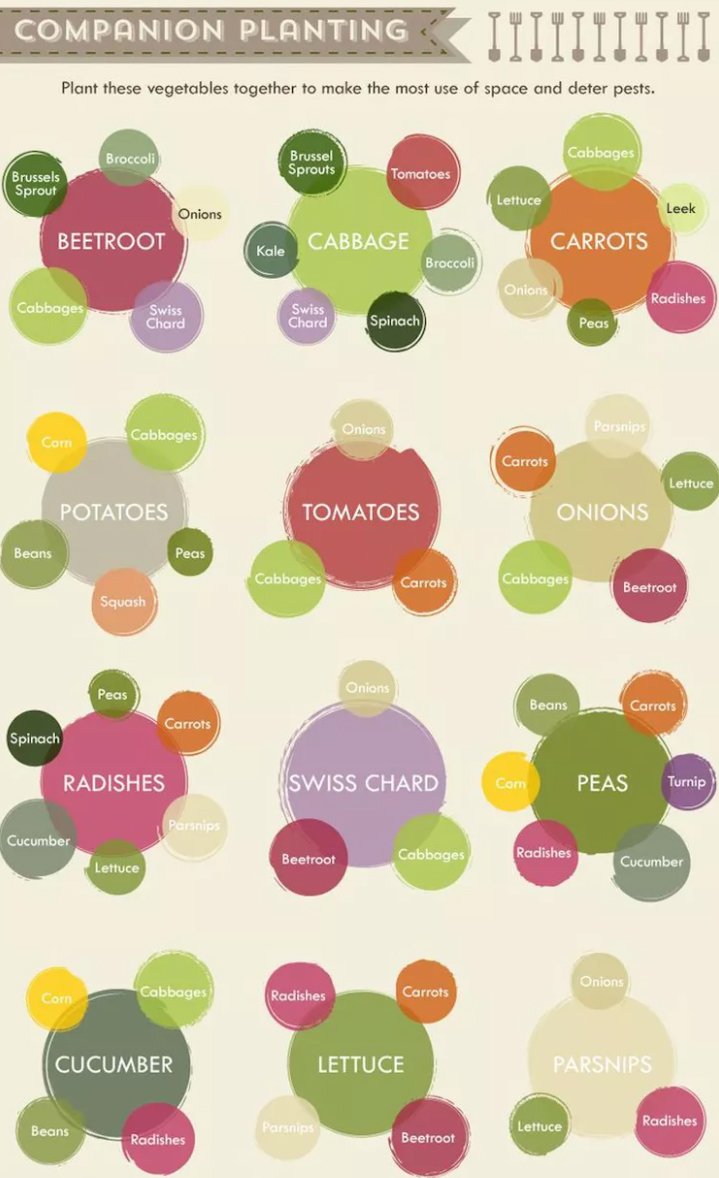
Have fun with planting your garden and don’t be afraid to make some mistakes along the way. The worst that can happen is that you don’t get to harvest a vegetable or two and you learn what you need to do for next time. I find growing my garden to be an extremely rewarding experience. I highly recommend it.
